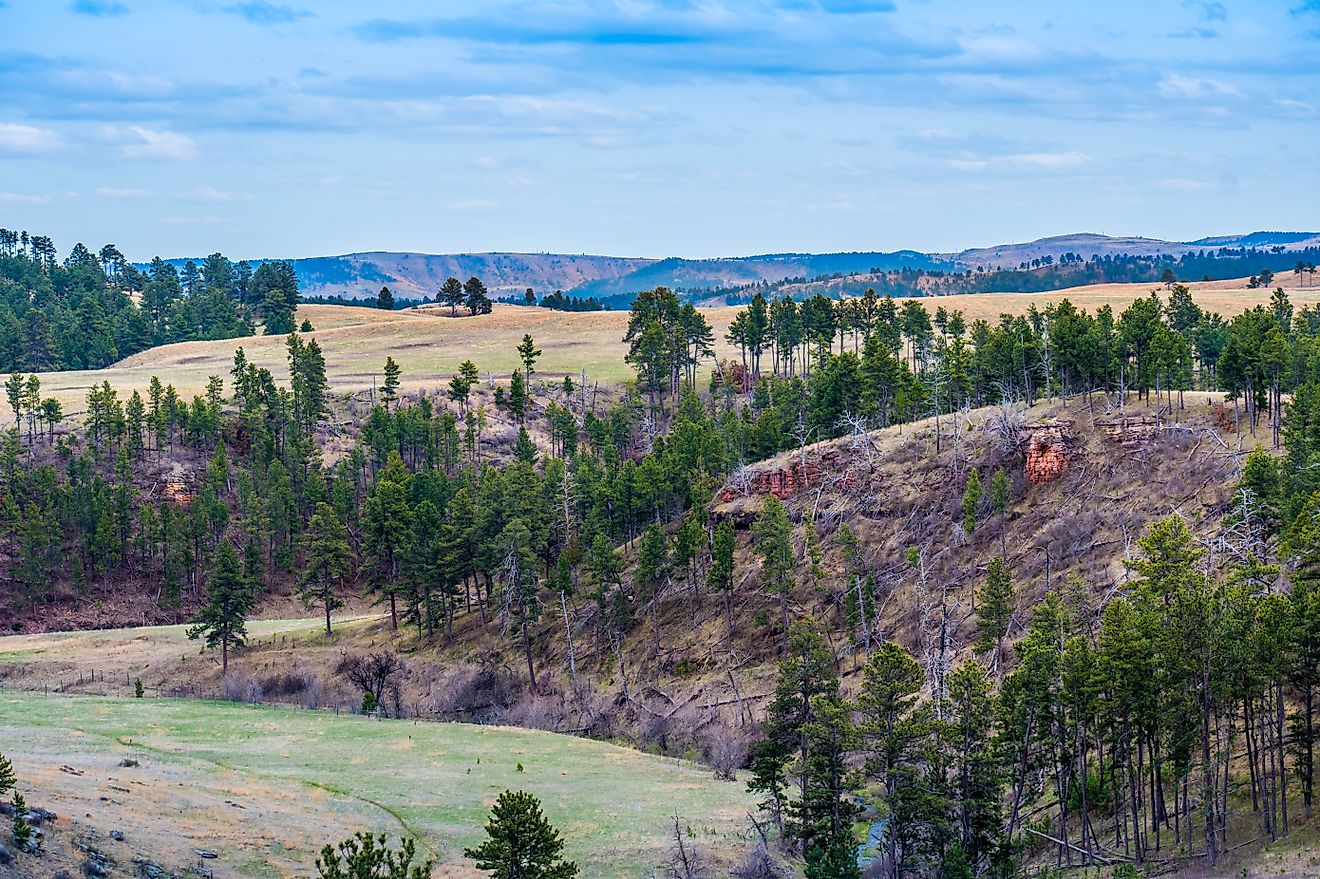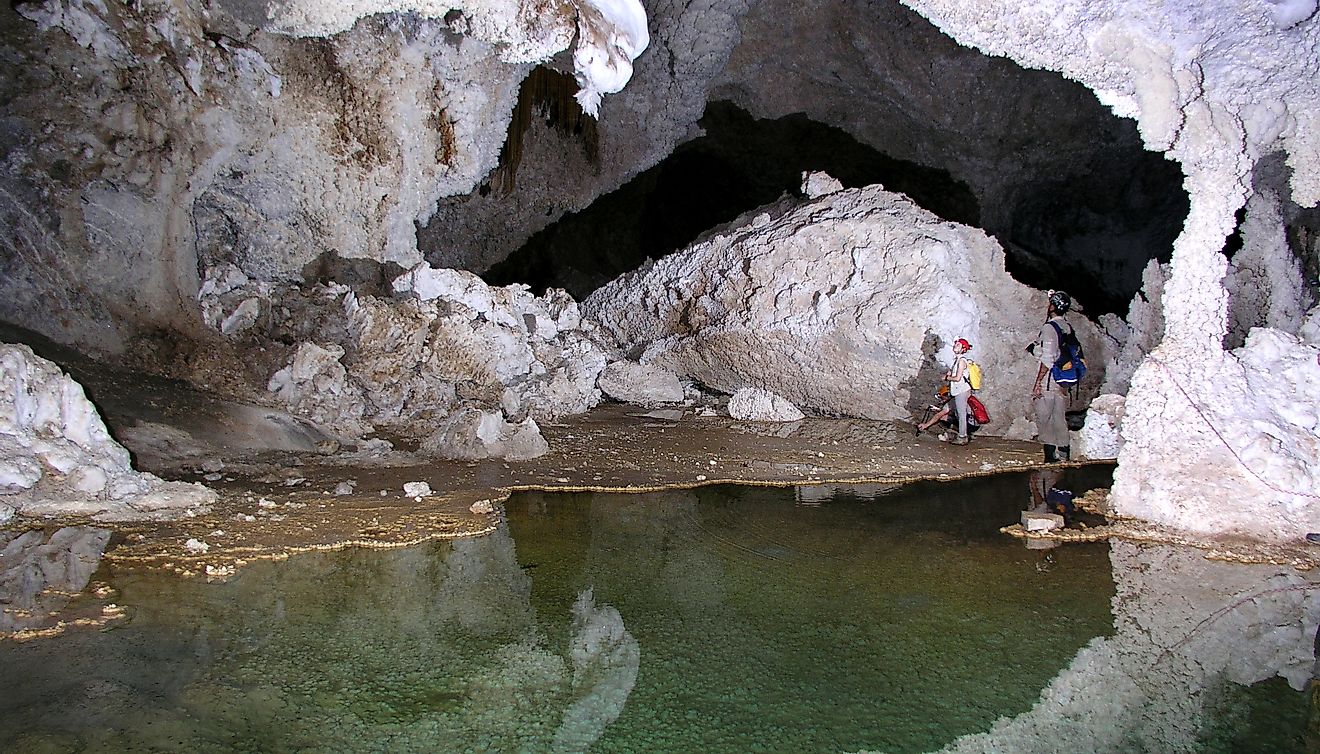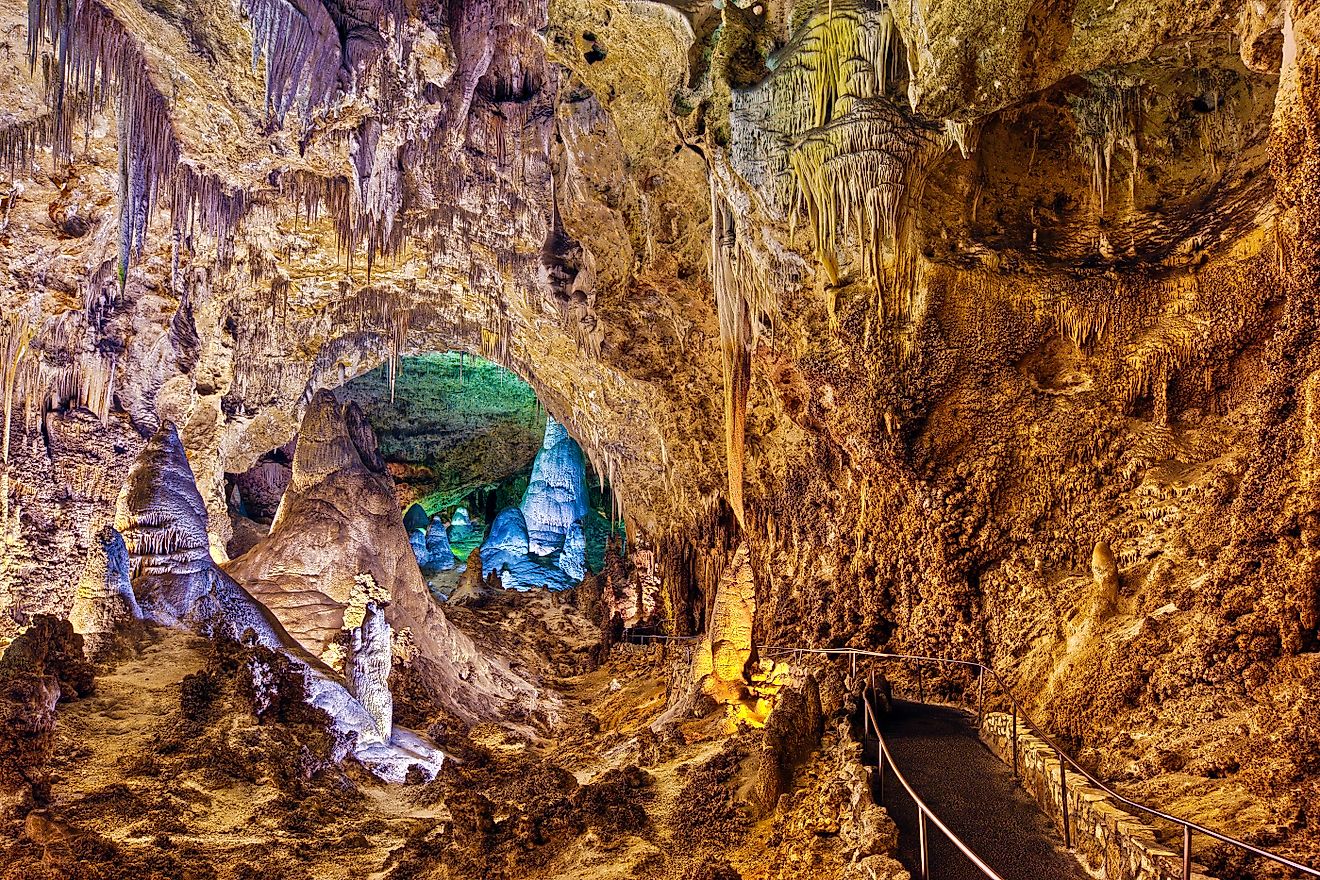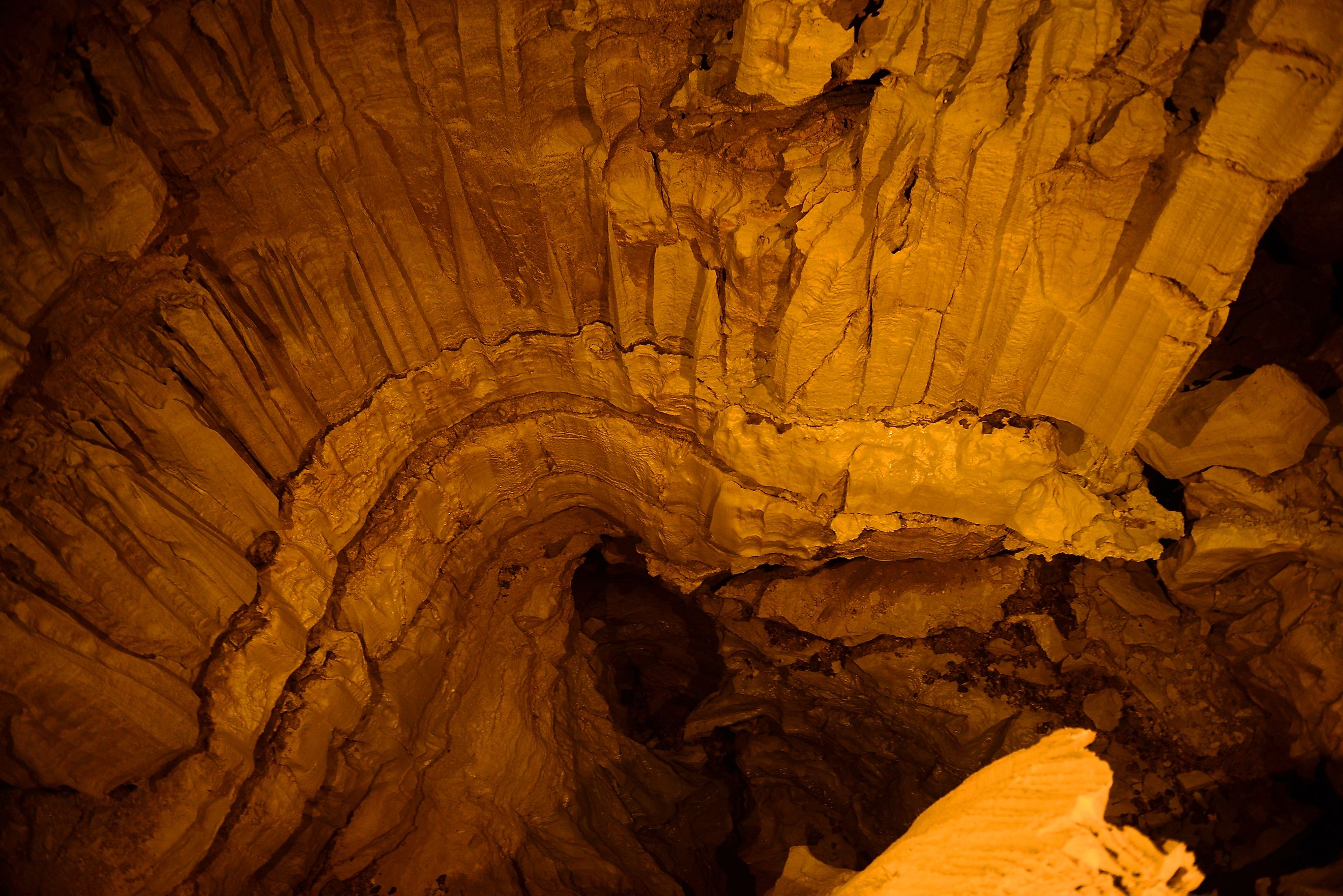
Fisher Ridge Cave System
Deep beneath the rolling hills of Hart County, Kentucky, an underground labyrinth winds its way through ancient rock formations, untouched by time. The Fisher Ridge Cave System, an intricate and vast subterranean world, is one of the longest known cave systems in the world. With over 130 miles of mapped passageways as of 2019, it is a marvel of natural history, geology, and exploration.
Despite its proximity to Mammoth Cave National Park, the Fisher Ridge Cave System remains distinct, offering a unique glimpse into the hidden wonders beneath the Earth’s surface.
Discovery and Early History
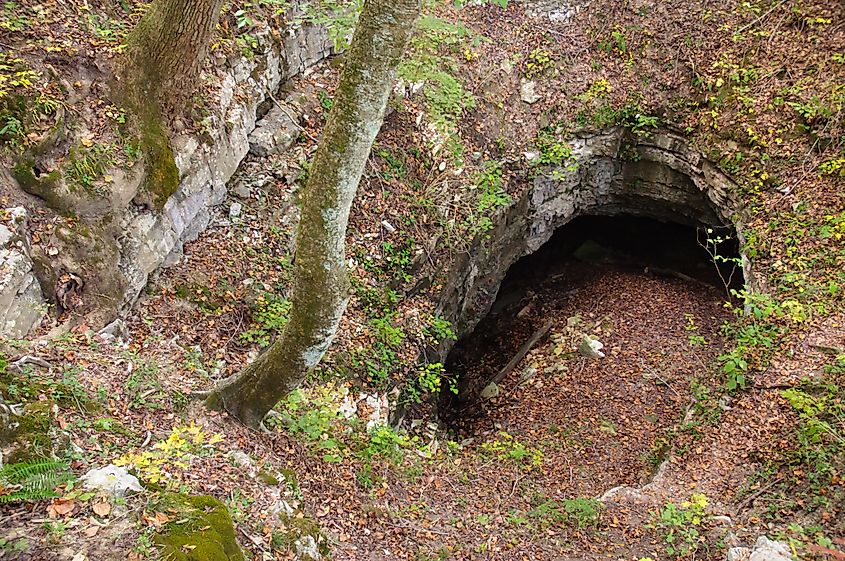
Long before modern cavers ventured into the depths of Fisher Ridge, ancient Native Americans explored its dark corridors. Archaeological evidence suggests that Archaic Native Americans entered the cave thousands of years ago, leaving behind footprints and charcoal remnants from cane torches dated to approximately 3000 BCE. Perhaps most intriguingly, a checkerboard-like pattern was etched into a breakdown boulder, hinting at the cultural or ritualistic significance the cave may have held for its early visitors.
Fast-forward to January 1981, when a group of Michigan-based cavers made a groundbreaking rediscovery. Initially planning a trip to Crump Spring Cave, they decided instead to investigate Fisher Ridge, an area long suspected of harboring significant cave formations. Led by Chip Hopper, the group uncovered an entrance after digging into a sinkhole, marking the beginning of a decades-long exploration effort. The Detroit Urban Grotto, a division of the National Speleological Society, took up the mission of mapping the cave, logging nearly 10 miles of passages within the first year alone.
The Exploration of Fisher Ridge
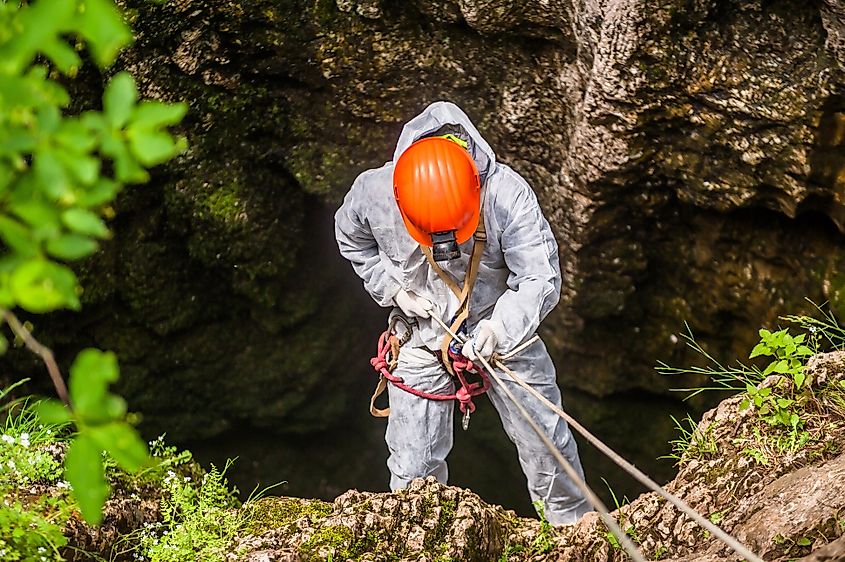
Since its rediscovery, the Fisher Ridge Cave System has been explored in phases, each yielding major discoveries. From 1981 to 1992, cavers mapped nearly 50 miles, unearthing vast chambers, underground rivers, and towering canyons. A pivotal discovery was Fisher Avenue, a two-mile-long trunk passage that became the backbone of the system.
The 1990s saw a push toward the northwest, leading to the discovery of Chartres Avenue and, beyond it, a vast section of tunnels beneath Northtown Ridge. This era of exploration was not without peril—flooding events trapped cavers during multi-day expeditions, prompting the excavation of a fourth entrance in 1997 to improve access and safety. By 2001, Fisher Ridge had surpassed the 100-mile milestone, and exploration continued into the next two decades, with researchers coming from across the country to navigate and document the ever-expanding system.
Geography and Landscape
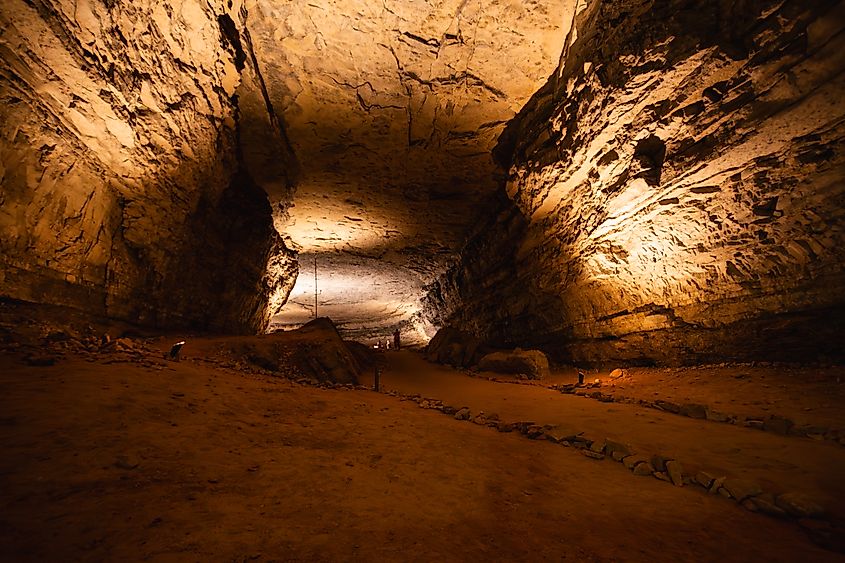
Spanning 130 miles of mapped tunnels, the Fisher Ridge Cave System consists of two major segments connected by a grueling 1,000-foot crawlway. The Northtown Ridge portion encompasses around 80 miles of dry, high-level passages reminiscent of Mammoth Cave’s vast corridors, while the Fisher Ridge section, at roughly 50 miles, features multiple active streams and mid-level trunk tunnels.
The cave’s landscape is a mix of expansive galleries, intricate mazes, and deep canyons. Among its most striking features are:
-
The Big One – An 80-foot-tall canyon discovered in the 1980s, one of the most dramatic vertical features within the system.
-
Fisher River and Thunder River – Active subterranean waterways that weave through the lower portions of the cave, contributing to its ongoing formation.
-
Park Avenue and Doll’s Head Trunk – Massive trunk passages that extend for miles, offering some of the most extensive and accessible sections of the cave.
These underground formations ultimately drain into the Green River, reinforcing the intricate hydrological system of the region.
Flora and Fauna
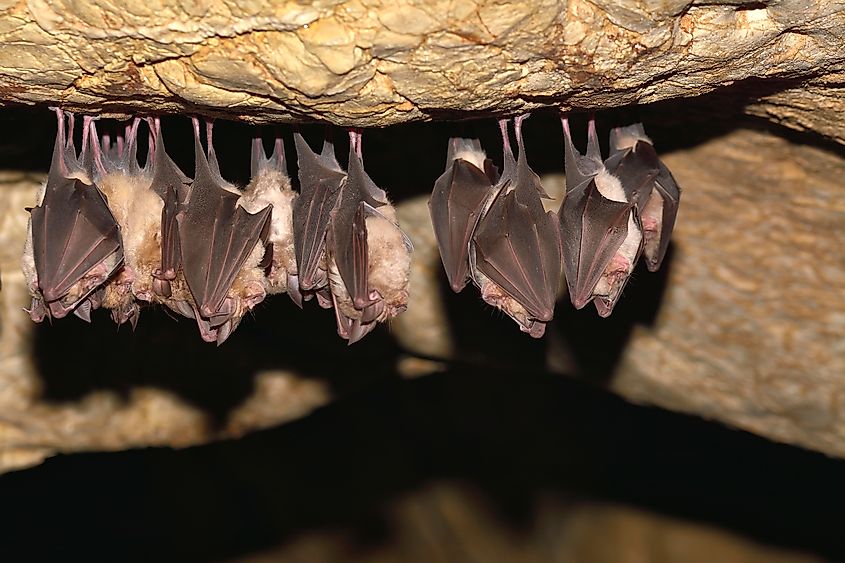
Although caves may appear devoid of life, they are, in reality, delicate ecosystems housing specialized organisms. Fisher Ridge Cave System supports a variety of troglobitic (cave-adapted) species, including:
-
Blind Cave Fish and Crayfish – These eyeless creatures have adapted to life in total darkness, relying on heightened sensory perception to navigate their environment.
-
Cave Salamanders – Amphibians that thrive in the damp, cool conditions of underground streams and pools.
-
Bats – Several species of bats use the cave for roosting, playing a crucial role in insect population control.
The presence of these species highlights the importance of cave conservation, as disturbances or contamination can have lasting effects on fragile subterranean ecosystems.
The Mystery of Mammoth Cave Connection
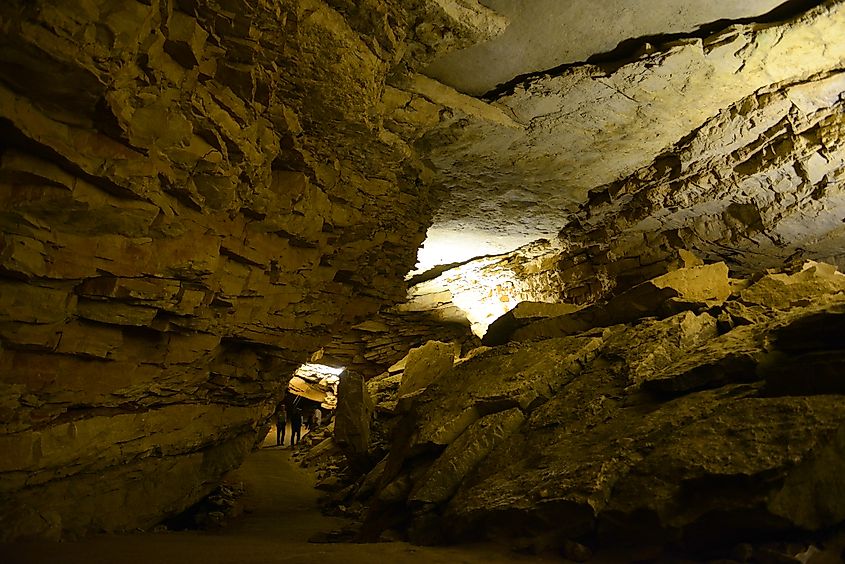
One of the most debated topics in speleology is whether the Fisher Ridge Cave System is connected to the nearby Mammoth Cave System, the longest cave system in the world. The two cave networks are separated by a mere 600 feet at their closest known approach. However, this gap exists in high ridges, which are less favorable for tunnel connections. Additionally, a drainage divide runs between the two systems, complicating the possibility of a direct link.
While some early cavers discouraged efforts to force a connection, exploration in both cave systems remains ongoing. If a passageway were to be discovered, it could further cement the region’s reputation as a global caving hotspot.
Conservation and Future Exploration
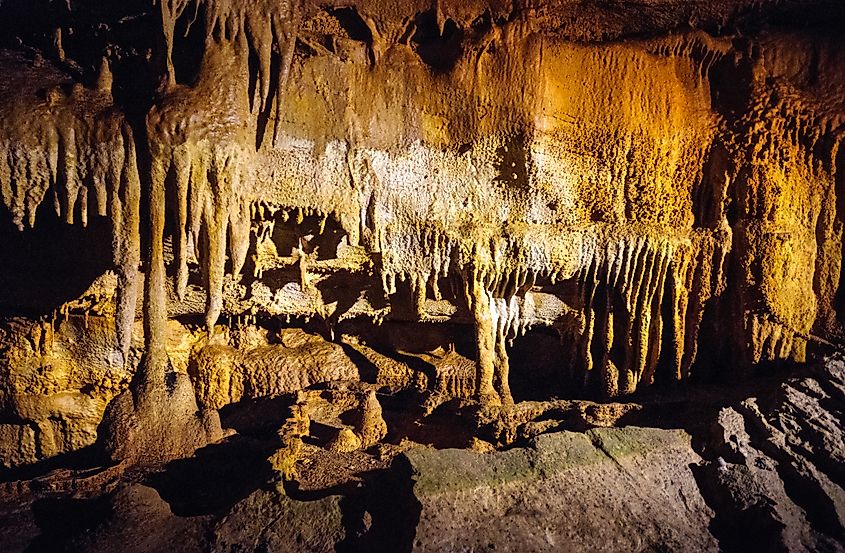
Like all cave systems, Fisher Ridge is susceptible to environmental threats, including groundwater contamination, unregulated tourism, and structural damage from human activity. Speleologists and conservationists emphasize the importance of preserving the cave’s integrity by minimizing disturbances and adhering to responsible caving practices.
With mapping efforts still underway and new discoveries being made, the Fisher Ridge Cave System continues to captivate explorers and scientists alike. Whether it ultimately connects to Mammoth Cave or remains an independent subterranean wonder, it stands as a testament to the hidden, untamed beauty that lies beneath our feet.
